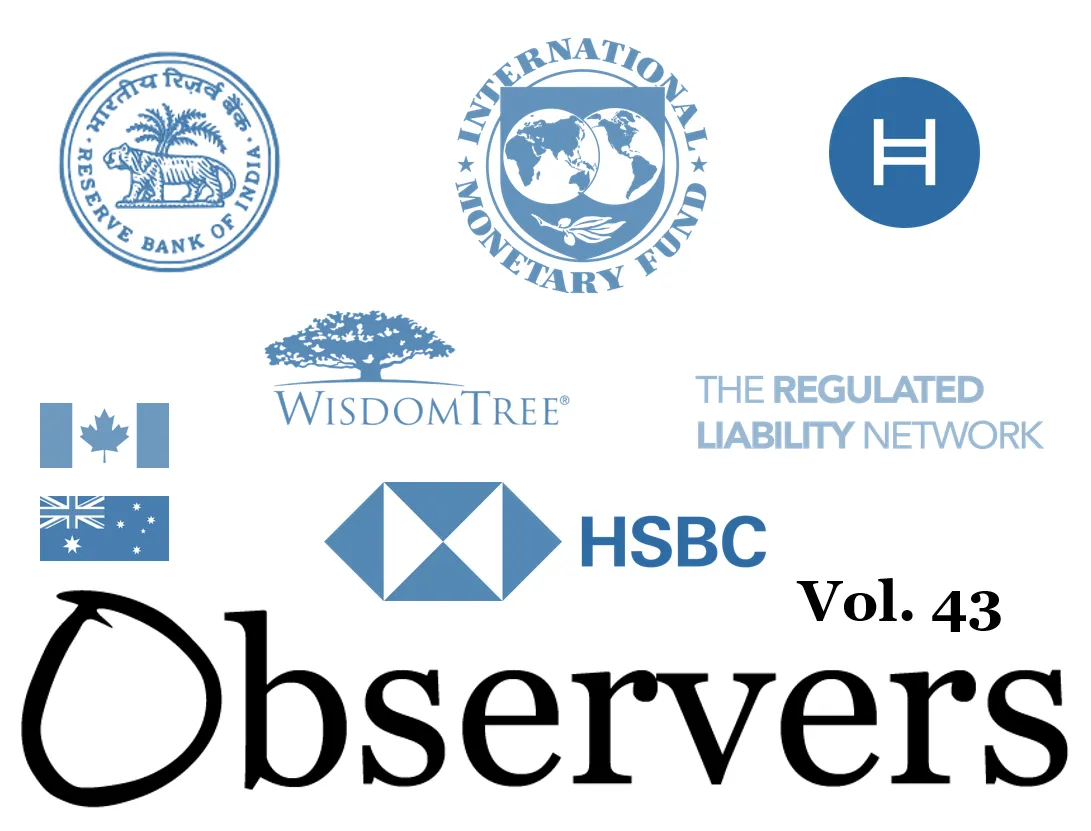Banking CBDC Roundup, CBDC, Canada, Australia, Atlantic Council, e-rupee, Indonesia, RLN, Hedera, WisdomTree, HSBC
Banking and CBDC Weekly Roundup: 23/09/2024
Australia and Canada abandon retail CBDCs, as a new Atlantic Council report shows 44 countries are now piloting one. Meanwhile, HSBC buys and sells tokenized gold with the help of quantum-secure technology.

